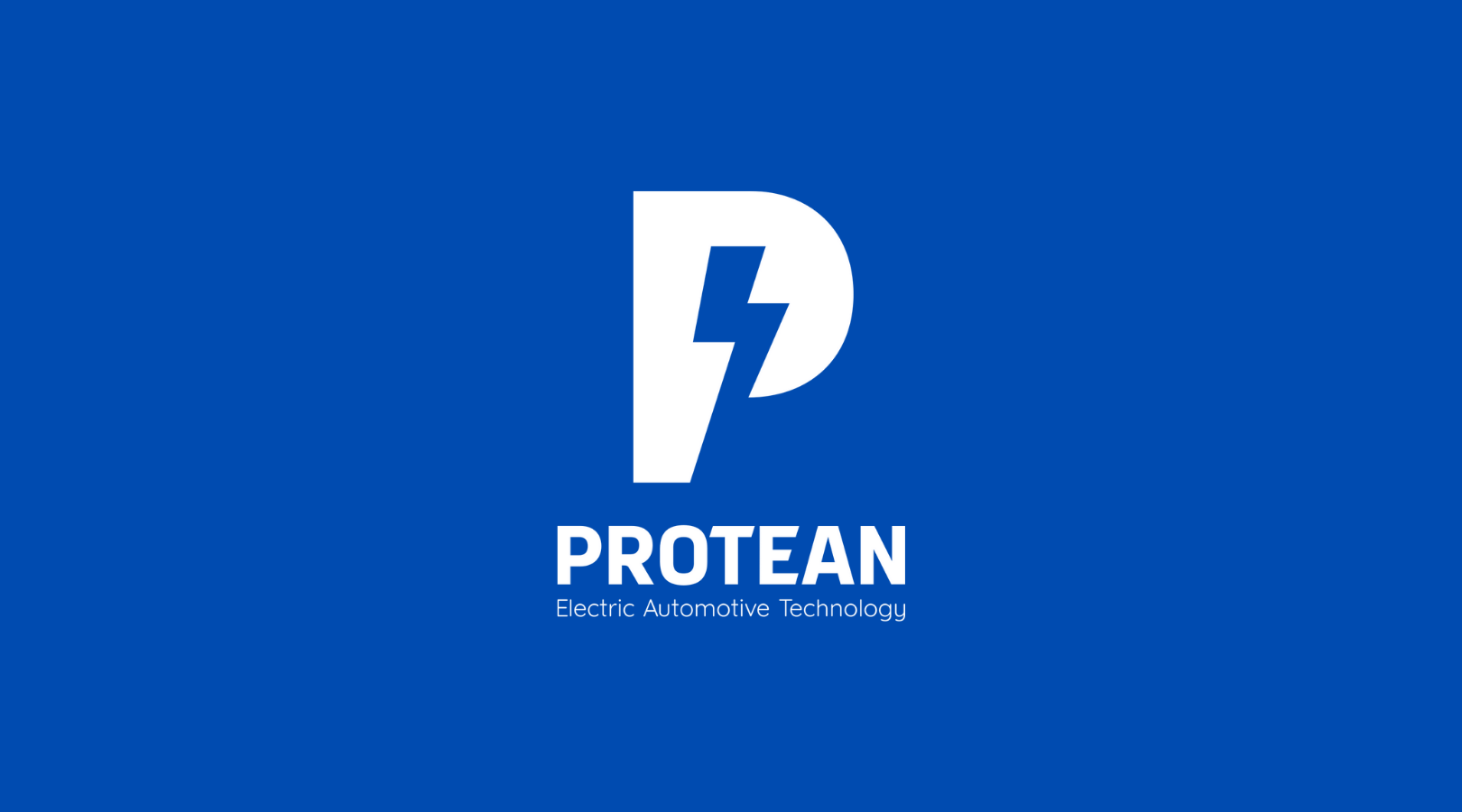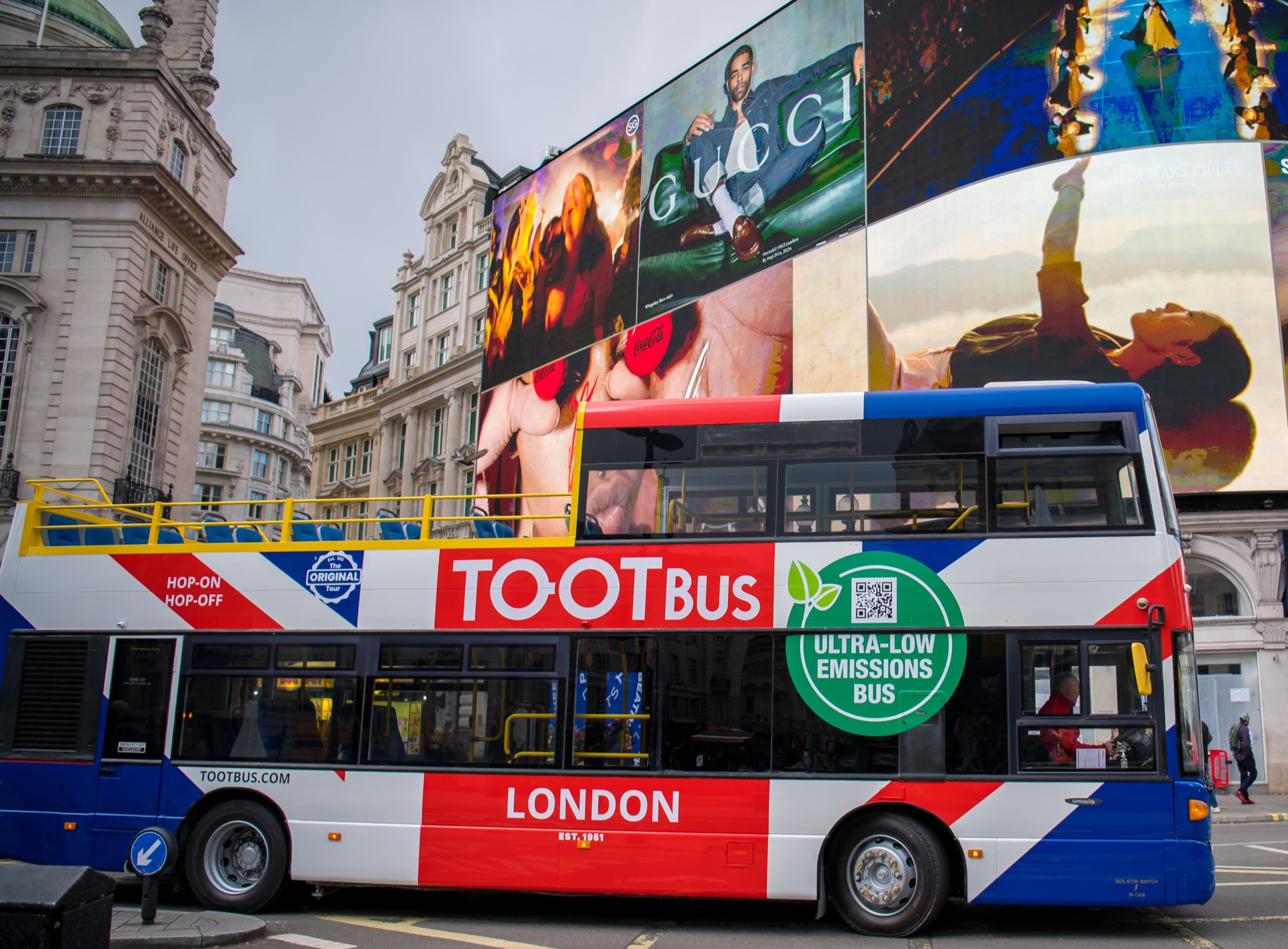
In-wheel electric motors appear to be playing catch-up as a technology for the LCV industry. What are the benefits against more conventional electric powertrains?
In-wheel motors make better EVs. The technology offers a fundamentally different approach to electrification – removing the need for gearboxes, driveshafts and differentials by integrating the motor directly into the wheel hub. This frees up space within the chassis for batteries, cargo or improved ergonomics, which helps all vehicles, from passenger cars (in every size) to large vans, including those made by our sister company, BEDEO, and other logistics solutions.
Beyond space and weight savings, in-wheel systems are also more cost-effective in many cases. For LCVs in particular, they allow OEMs and retrofit specialists to electrify existing vehicle platforms with minimal structural modification. This flexibility extends to non-traditional vehicles such as heritage models, commercial conversions, or low-volume niche platforms, where preserving the original layout is key. In these cases, in-wheel motors avoid the need for invasive drivetrain changes, offering a cleaner, faster, and more affordable route to zero-emission capability.
And because each wheel can be controlled independently, you also unlock benefits like improved traction, smoother braking and more precise handling – especially useful for vehicles operating in busy, low-speed environments. It’s a flexible solution that gives manufacturers more options, without starting from scratch every time.
Self-driving Pods do feel a little ‘other worldly’ and occupy a niche at present, but how do you see their future and for what applications/services do you see them becoming more mainstream as a transport solution?
While they may feel futuristic, autonomous pods are already finding traction in some niche areas like airports, university campuses, logistics hubs and business parks. These low-speed, highly controlled environments are ideal for the early rollout of Electric Autonomous Vehicles (EAVs) in compact, zero-emission pods that transport people or goods safely and efficiently.
ProteanDrive – our in-wheel motor technology – has previously demonstrated real benefits for these EAVs through partnerships with customers such as NEVS (Sango) and Local Motors (Olli). It offers space – for packaging batteries, CPUs, passengers and more – and very smooth and controllable torque delivery, which is a must for passenger comfort without a driver.
Eventually, these vehicles may need more flexibility and manoeuvrability, and our Protean360+ corner module was specifically designed for this type of application. It combines 360-degree limitless steering, a compact suspension system, pneumatic ride height adjustment, and our fully integrated in-wheel motor. Vehicles equipped with Protean360+ can rotate within their own footprint, kneel for step-free access, and move laterally for precision parking. It’s technology that’s purpose-built for the urban environment of tomorrow – and it’s ready today.
Autonomous vehicles, potentially, could be on the roads in the UK in 2026. What are the challenges that may stop that and how can perceptions about autonomous vehicles be changed in terms of safety and practicality?
Protean is not an expert in Autonomous Technology; rather, we enable EAVs to be better than they would be with conventional eDrive. That said, autonomous systems are advancing rapidly, but public perception and regulatory alignment still lag behind. People want proof that these vehicles are safe and behave predictably – and rightly so.
To support this as a component/system supplier, Protean has developed its own proprietary validation system for in-wheel motors, as no industry standard yet exists. We’ve combined global legislative requirements with OEM-grade expectations across braking, high-voltage systems, suspension and electronic controls. Our Gen5 ProteanDrive platform meets ISO 26262 safety requirements and has become a benchmark for IWM validation.
Protean appears to be a company that is innovating all the time. What projects are you proud of and what does the future look like for Protean?
Our Gen 5 Pd18 system is our most significant achievement to date – the first ever fully validated, automotive-grade in-wheel motor launched into production, and now integrated into customer platforms like BEDEO’s hybridised and electrified van and iconic vehicle retrofit of pure EV, as seen on the BEDEO Iconic Defender.
We’re also proud to lead Project PULSE, a UK-based APC-funded initiative that’s advancing the state-of-the-art IWM technology and establishing a new pilot line for advanced power electronics manufacturing, alongside partners such as Unipart and Coventry University. This kind of domestic industrial capability will be essential as electrification scales across sectors.
Looking forward, we’ll continue evolving our high-voltage product portfolio, including the Twinverter – an 800V SiC inverter that supports up to 500 kW combined output. Our aim is to remain at the forefront of scalable, safe, and intelligent electric propulsion.

Andrew Whitehead
CEO, Protean


